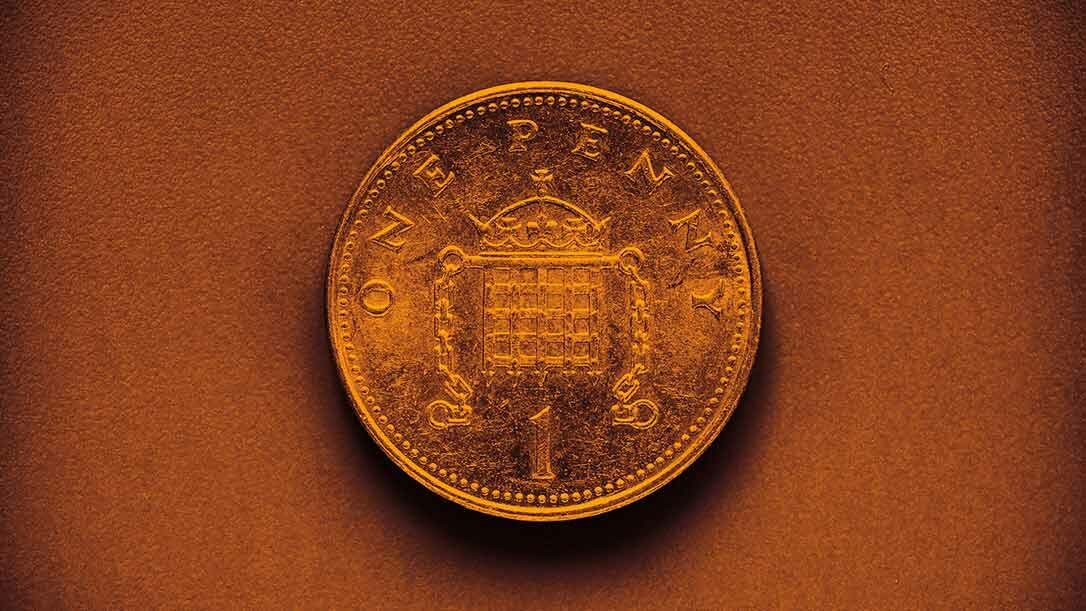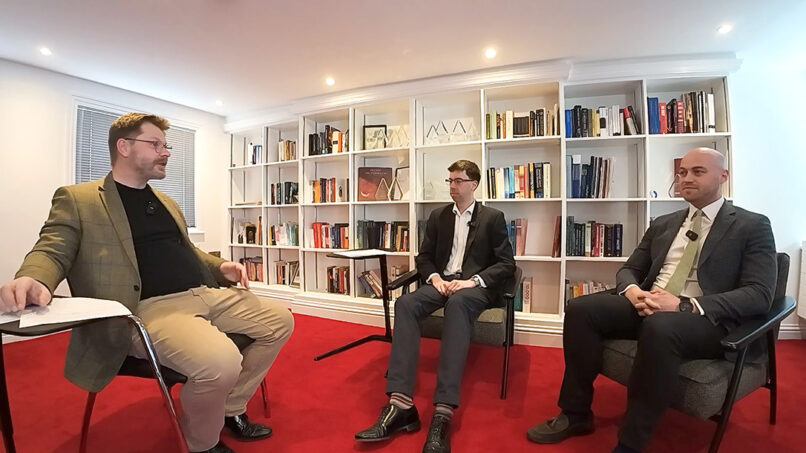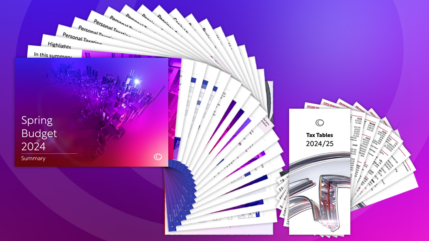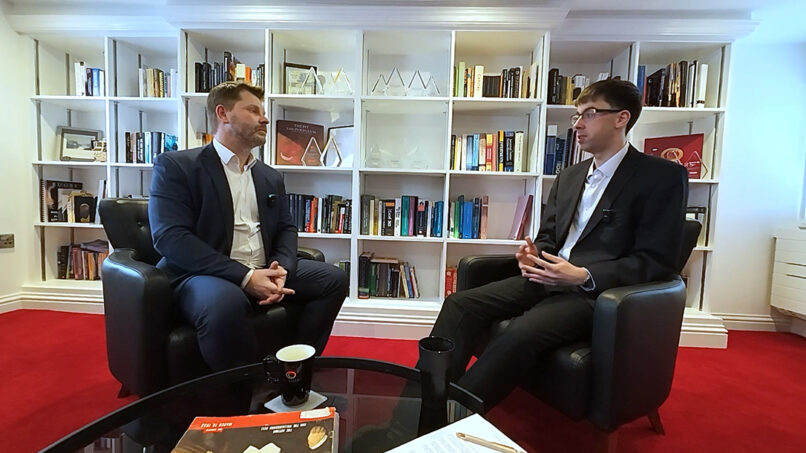Nothing quite beats the charm and magic of your first piggy bank, a place to store away the pennies found on adventures. Or waking up to find payment under the pillow from the tooth fairy. Such early ventures into understanding the value of money is exciting, but how can you help significantly bump up those pounds and pennies, without something ugly lurking in the letterbox?
Investing early (and regularly) for your loved ones can put them on the path to a solid financial future. There are many ways to do this and from piggy banks to bare trusts, somewhere in the middle sits the Junior ISA (JISA).
The JISA is by no means a new product. Rolled out in the 2011/12 tax year to replace Child Trust Funds, its intention was to encourage more parents to save on behalf of their children, and it seems to be working.
In the 2017/18 tax year alone, around 907,000 Junior ISAs received subscriptions, up from around 794,000 in 2016/17.
On April 6 2019, the annual subscription limit increased from £4,260 to £4,368 as announced in the last autumn budget.
Who is eligible?
- UK residents aged 18 or under
- Both parent/legal guardian and child must be UK residents.
Unlike a regular ISA, once you’ve invested funds, it is not possible to draw down from the JISA before the benefitting child is 18. At that point, the funds invested convert into an ‘adult’ ISA, with the annual subscription aligned to that of the ‘adult’ ISA, and a no doubt seamless transition from childhood savings to adult savings.
As parents, you would have to decide on the ideal investment strategy to take on behalf of your children: Stocks and Shares ISA or Cash ISA (your adviser can explain more about the differences).
Ultimately, holding a cash portfolio for 18 years could wither away funds due to the battering of inflation. Consequentially, with such a long-term view of investing, you might have a greater appetite for investment risk. This all needs careful consideration with the right guidance.
A basic savings forecast, not taking into account inflation or any compounding interest/fund performance, highlights that if you were to maximise the current JISA subscription you could save up to £78,624 by your child’s 18th birthday – a rather large piggy bank.
It would likely worry many parents, effectively handing over such an amount of money to an 18 year old and with the risk of a subsequent teenage spending spree. However, with many structured savings products available, such as the ‘Help to buy ISAs’ or the ‘Lifetime ISAs’, one can hope that the savings habit will continue.
A JISA will naturally evolve into an ‘adult’ ISA at 18 as previously stated, however, legally you are able to integrate your child into the management of the JISA from aged 16. This offers the opportunity to mitigate against a premature smashing of the piggy bank through the education and understanding of capital markets and investing in general.
The benefits for the children involved are clear. As a tax efficient nest-egg for the first large expenses in life; cars, university, houses etc it offers a necessary hand in affording such associated costs. However, the JISA also has the benefit of starting the process of moving wealth through the generations earlier, and in an affordable and manageable way.
JISA and IHT
Skipping a generation and having grandparents deposit wealth to their grandchildren through a JISA can, like other forms of gifting covered in my previous article, go some way to mitigating Inheritance Tax liability.
Gifts into a JISA on behalf of children and grandchildren may qualify either as part of the annual gift allowance of £3,000 per person, or under the regular gifts out of income exemption (covered in article link above) or as a Potential Exempt Transfer (PET) depending upon the donor’s individual circumstances.
A PET is subject to the 7 year rule, imposed by HM Revenue & Customs (HMRC), whereby a gift becomes exempt from Inheritance Tax seven years after it was made, providing the donor is still alive. (Inheritance Tax only applies on an estate over the Inheritance Tax threshold – currently £325,000 for individuals and £650,000 for married couples/civil partners 2019/20 tax year).
If the donor dies within three years of making the gift, the full 40% Inheritance Tax will still apply, payable by the donor. After this, tax tapers down as we see below.
| Years between gift and death | Tax paid |
|
|
Focused on generational wealth management in an evolving world, Courtiers is investing valuable time in developing new wealth management solutions, including a Courtiers JISA.
If you have any questions, please speak to your Adviser. They will be more than happy to discuss this (and any other wealth management initiatives) with you.













